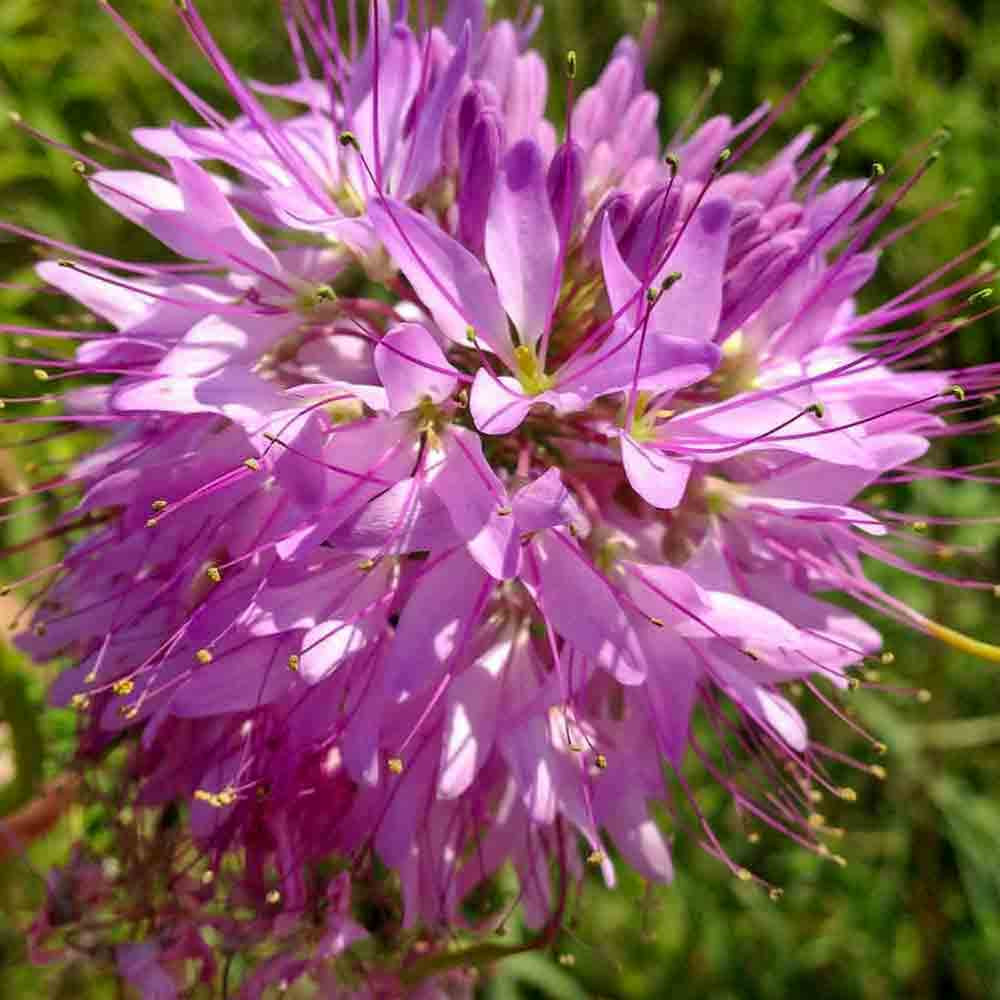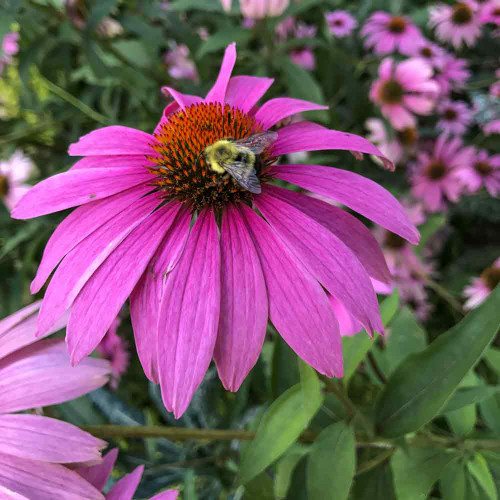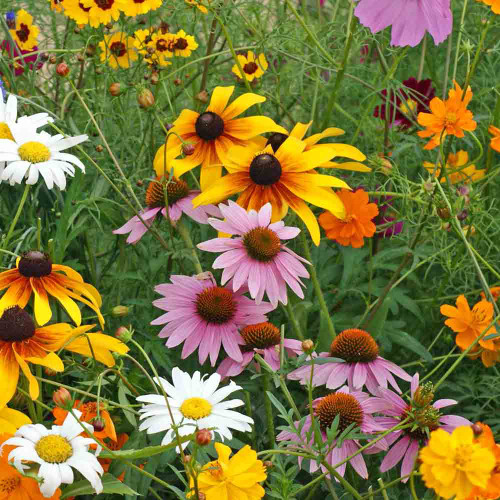Description
Rocky Mountain Bee Plant - Feeding Multitudes of Pollinators
Bee plant is a gross understatement of the riot of noise and activity, color and scent this plant brings, attracting hundreds of bees, from natives to bumble bees, ants, butterflies and hummingbirds that feed from the flowers. The beautiful bunches of pink, nectar-filled blossoms make this one of the showiest wildflowers in the western United States.
Gardeners often comment that a single grouping seems to feed all the bees in their town, and our friends at AZ Milkweed for Monarch have found it is wonderful for attracting and feeding the Monarchs because of the copious nectar they produce.
Common names include pink bee-plant, bee spiderflower, toothed spider-flower, and Navajo spinach.
Details
A native, annual wildflower, Rocky Mountain Bee Plant is found throughout western North America, from southern British Columbia, east to Minnesota, and as far south as Arizona and New Mexico, and is now naturalized in eastern North America. It was one of the many new plants collected in 1804 during the Lewis and Clark expedition.
This hardy annual grows from 2 - 5’ tall with a taproot enabling it to flower in drought conditions, thriving in a wide range of soils, pH levels, and full sun or shade. The nectar-rich flowers form at the end of the stem in large, round showy clusters with a fuzzy appearance. New flowers bloom 1 to 3 hours after sunset, beginning at the bottom and working up the stalk resulting in an extended bloom period from mid to late summer. Seed pods develop the same way, with mature seeds appearing at the bottom while the top is putting on a full blossom show.
Uses
Used extensively as pollinator habitat improvement with its nectar, its taproot makes it well suited to xeriscape gardens and is wildlife resistant thanks to the disagreeable taste of the leaves.
The mature seeds are a good food source for a variety of birds and is used in seed mixtures for enhancing habitat for upland birds.
All parts of the plant are used, either as food, medicine, or as a dye. Boiled leaves give a yellow-green dye, while long simmering of the woody stems results in a durable black dye.
Planting Tip
Seed germination can be variable if direct sown, but improves greatly when cold stratified in a refrigerator in damp sand for 2 to 3 weeks before planting.
From the soil to the seed to the food you eat - we'll help you grow your best garden!
1 Review
-
Cleome
Fast shipping and excellent quality seeds! I cold stratified for 30 days first then surface sowed. Growing under grow lights for next spring, can't wait for the pollinators!













